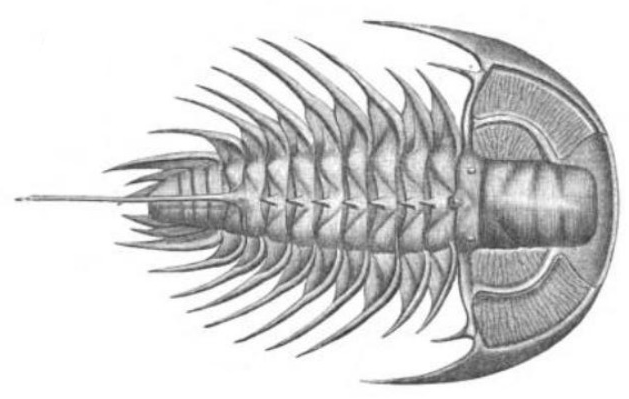A “Whiff” of Oxygen

Ready for a whiff of oxygen that’s 2.5 billion years old?
Our Earth wasn’t always the oxygen-rich planet it is today. That didn’t happen until 2.4 billion years ago. That’s the time complex organisms marched onto the scene and evolved into the wonderful shapes we see around us today. But what about the time before then? Were there brief periods or “whiffs” of oxygen in the atmosphere?
Yes. Or so it seems.
A study led by the University of Washington, which included other institutions, published their findings in the Proceeding of the National Academy of Sciences. Their study, which focused on ancient rocks, revealed a spike in mercury that would have been the byproduct of volcanic eruptions.
The paper’s authors theorize that the basaltic rocks in resulting volcanic ash fields would have gradually dissolved and released phosphorous. The phosphorous could have easily made its way into rivers and coastal areas. And what single-celled organisms might have been present to feed on it?
You got it – cyanobacteria. And when they consume nutrients, they produce oxygen. A boost in their population would create spikes in oxygen production. These little population surges pushed life along on its merry path.
Sources:
- Hickey, Hannah. “Volcanic Eruptions May Have Spurred First Âwhiffsâ of Oxygen in Earthâs Atmosphere.” UW News, 25 Aug. 2021, www.washington.edu/news/2021/08/25/volcanic-eruptions-may-have-spurred-first-whiffs-of-oxygen-in-earths-atmosphere.
- Meixnerová, Jana, et al. “Mercury Abundance and Isotopic Composition Indicate Subaerial Volcanism Prior to the End-Archean ‘Whiff’ of Oxygen.” Proceedings of the National Academy of Sciences, vol. 118, no. 33, 2021, p. e2107511118. Crossref, doi:10.1073/pnas.2107511118.
